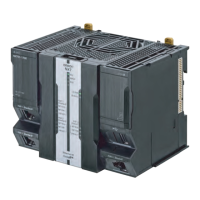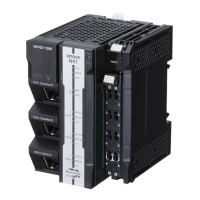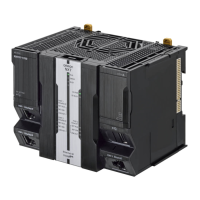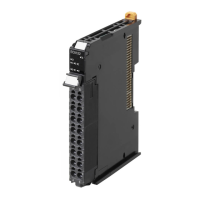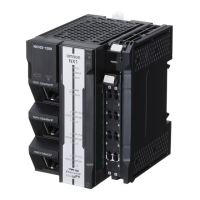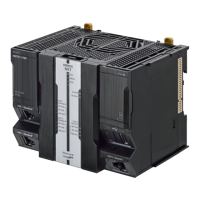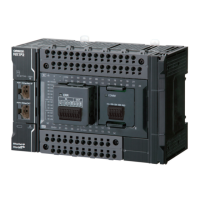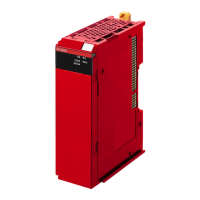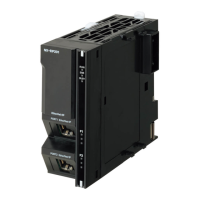1 Introduction to the Motion Control Function Module
1-2
NJ/NX-series CPU Unit Motion Control User’s Manual (W507)
1-1 Features
The Motion Control Function Module (sometimes abbreviated to “MC Function Module”) is a software
function module that is built into the CPU Unit. The MC Function Module can perform motion control for
up to 256 axes through the EtherCAT port that is built into the CPU Unit. Cyclic communications are
performed with Servo Drives and other devices that are connected to the EtherCAT port to enable high-
speed, high-precision machine control.
The motion control instructions of the MC Function Module are based on motion control function blocks
that are standardized by PLCopen
®
. These instructions allow you to program single-axis PTP position-
ing, interpolation control, synchronized control (e.g., of electronic cams), velocity control, and torque
control. You can set the velocity, acceleration rate, deceleration rate, and jerk each time a motion con-
trol instruction is executed to flexibly control operation according to the application.
• PLCopen
®
PLCopen
®
is an association that promotes IEC 61131-3. It has its headquarters in Europe and a
world-wide membership. PLCopen
®
standardizes function blocks for motion control to define a
program interface for the languages specified in IEC 61131-3 (JIS B 3503).
•Jerk
Jerk is the rate of change in the acceleration rate or deceleration rate. If you specify the jerk, the
velocity graph will form an S-curve for acceleration and deceleration.
The MC Function Module can be combined with OMRON 1S-series Servo Drives with built-in EtherCAT
communications or G5-series Servo Drives with built-in EtherCAT communications to enable exchange
of all control information with high-speed data communications. The various control commands are
transmitted via data communications. That means that the Servomotor’s operational performance is
maximized without being limited by interface specifications, such as the response frequency of the
encoder feedback pulses. You can use the Servo Drive’s various control parameters and monitor data
on a host controller to unify management of system information.
What Is EtherCAT?
EtherCAT is an open high-speed industrial network system that conforms to Ethernet (IEEE
802.3). Each node achieves a short cycle time by transmitting Ethernet frames at high speed. A
mechanism that allows sharing clock information enables high-precision synchronized control
with low communications jitter.
Motion Control Instructions Based on PLCopen
®
Data Transmission Using EtherCAT Communications
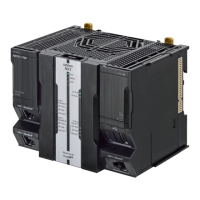
